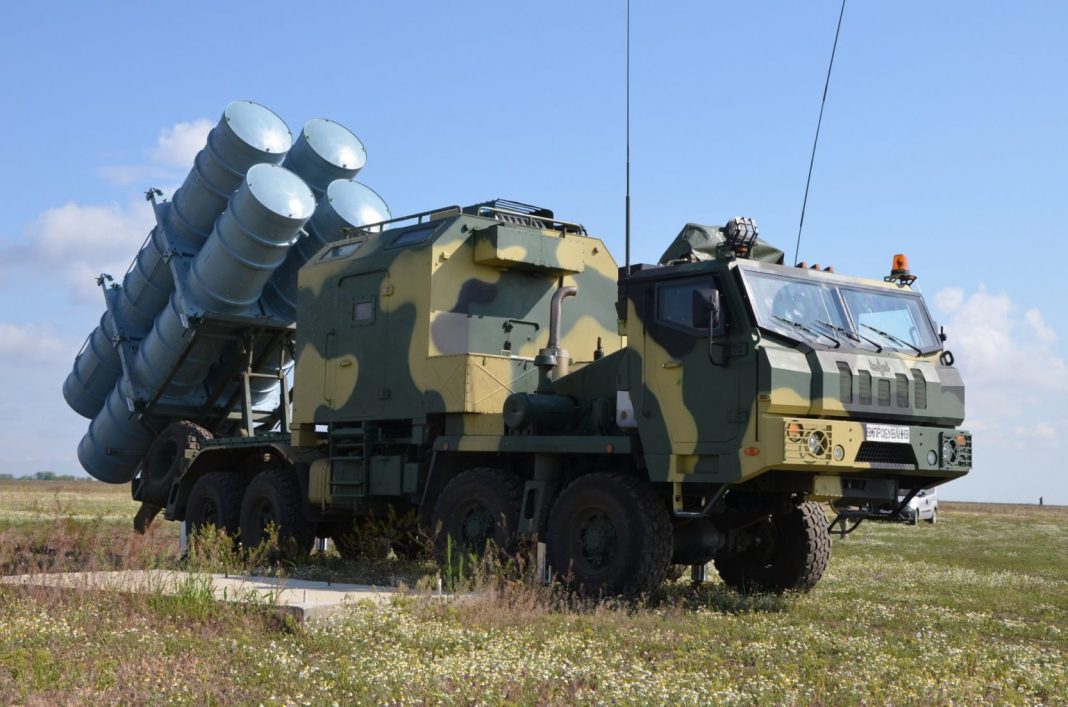Ukraine is significantly boosting its production of the R-360 Neptune cruise missiles, aiming to enhance the missile’s range and capabilities amidst ongoing conflicts. The country has already manufactured 100 R-360 missiles in 2024, as confirmed by Ukrainian Defense Minister Rustem Umerov earlier this week. This increase in production is accompanied by plans to develop new missile drones, including a project named Palianytsia, which Umerov highlighted as an exemplary demonstration of collaboration between the state and private industry.
Following a meeting with missile manufacturers, Umerov emphasized the importance of strengthening partnerships with international allies in advancing Ukraine’s missile capabilities. This initiative aligns with broader strategic goals laid out by Ukrainian President Volodymyr Zelensky, who announced plans for the production of 30,000 long-range drones and 3,000 cruise missiles by 2025.
In a related development, it has been reported that the United States is preparing a substantial aid package valued between $700 million and $800 million, which is aimed at bolstering Ukraine’s domestic production of long-range weapon systems.
The R-360 Neptune, originally designed as an anti-ship missile, has undergone modifications for land-attack operations. Notably, the missile’s payload has been increased from 150 kilograms (330 pounds) to 350 kilograms (771 pounds). The missile gained global attention when a pair of R-360s successfully sank the Moskva, the flagship of the Russian Navy’s Black Sea fleet, in April 2022. Following this success, Ukraine adapted the modified R-360s to strike high-value Russian targets, including S-400 air-defense systems.
Both naval and land-attack versions of the R-360 are launched from the same platform, and recent upgrades have extended its operational range by an additional 100 kilometers (62 miles), bringing it to a maximum of 400 kilometers (248 miles). Future enhancements aim to further increase this range to an ambitious 1,000 kilometers (621 miles).
The R-360 Neptune was conceived by Ukraine’s Luch Design Bureau and is based on the Soviet-era Kh-35 missile design. Since its introduction into service in 2021, the missile has become a critical component of Ukraine’s defense capabilities.





